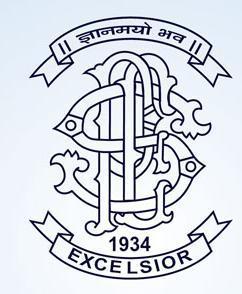The country of India includes several states and some of these states have their own “Children’s Acts.” The main goals of these “Children’s Acts” are: (1) to provide for a machinery to effectuate the existing laws; (2) to provide for the protection of neglected and destitute children and prevent them from taking to deviant behaviour; and (3) to make some treatment and rehabilitation provisions in respect to children who are either victimized or uncontrollable2.
The basic assumptions underlying the Indian juvenile justice system are: (1) the need to segregate juveniles and adult offenders to aid crime prevention efforts, and treatment and correctional policies; (2) the belief that juvenile deviance is the result of “lapses” in society, and therefore, deviance should be approached in social defence terms, rather than penal terms; and (3) the belief that the juvenile justice system can match system services with specific needs of identifiable juvenile subgroups.
The juveniles who are referred to the juvenile justice system are classified into two basic categories:
offenders and non-offenders. Offenders are those who have broken the law, while non-offenders come to the attention of the system because they are socially handicapped or uncontrollable or because they have been victimized.34.
Who is a juvenile?
In the Indian context, a juvenile or child is any person who is below the age of 18 years5. However, the Indian Penal Code specifies that a child cannot be charged for any crime until he has attained seven years of age6.
Why is there a need for a new legislation when a juvenile justice law already exists?
The government passed the Juvenile Justice Act 2015 gave various reasons to justify the need for a new law. It said that the existing Juvenile Justice Act, 2000 was facing implementation issues and procedural delays with regard to adoption, etc. Additionally, the government cited NCRB7 data to say that there has been an increase in crimes committed by juveniles, especially by those in the 16-18 years age group.
NCRB data shows that the percentage of juvenile crimes, when seen in proportion to total crimes, has increased from 1% in 2003 to 1.2% in 2013. During the same period, 16-18 year olds accused of crimes as a percentage of all juveniles accused of crimes increased from 54% to 66%.



